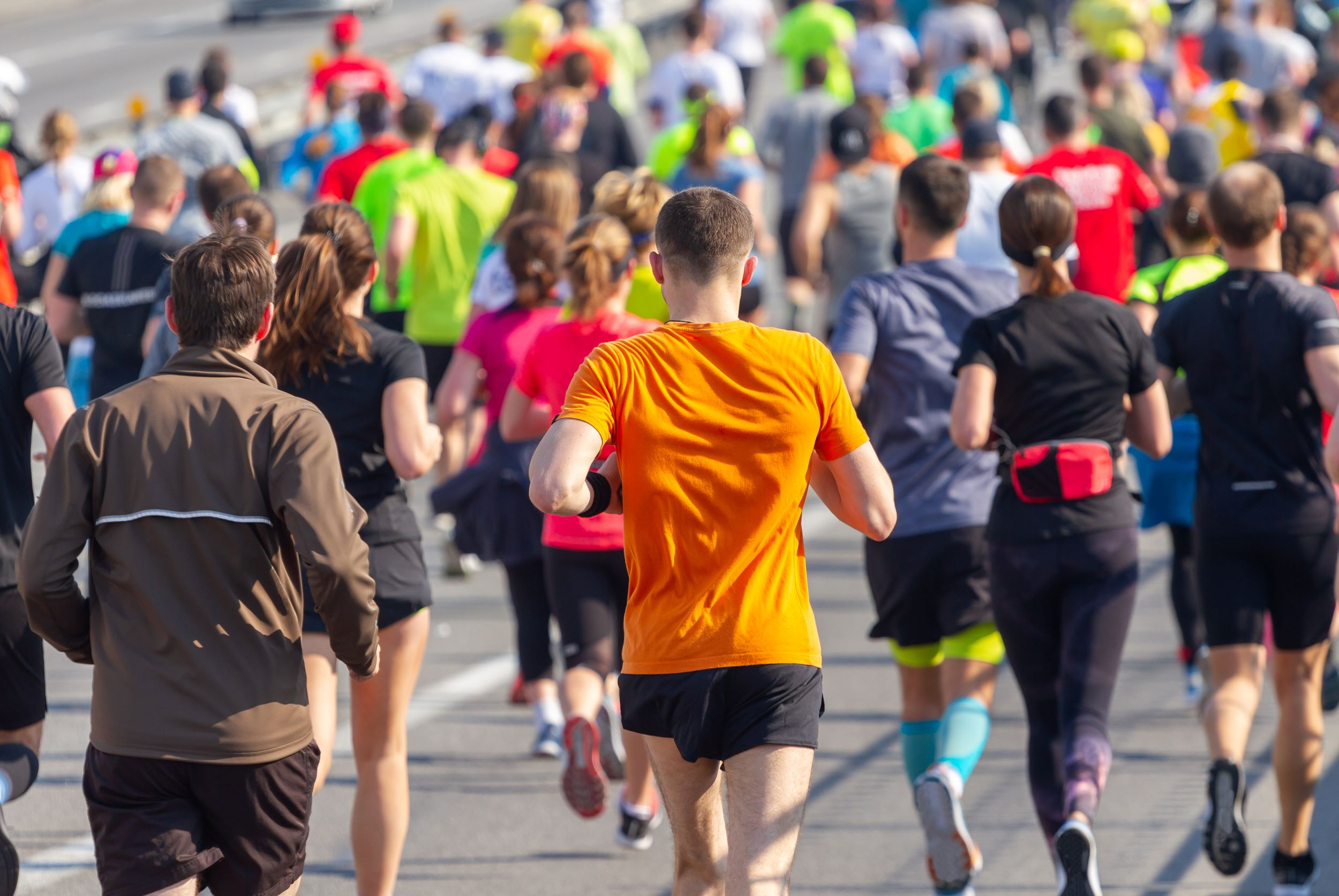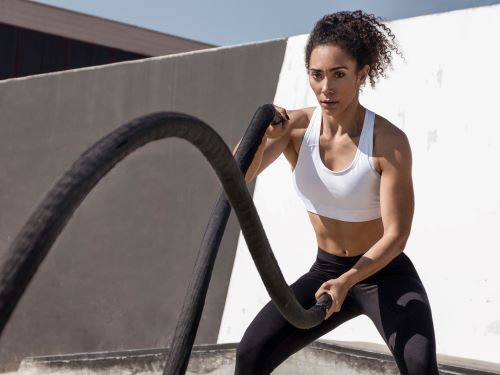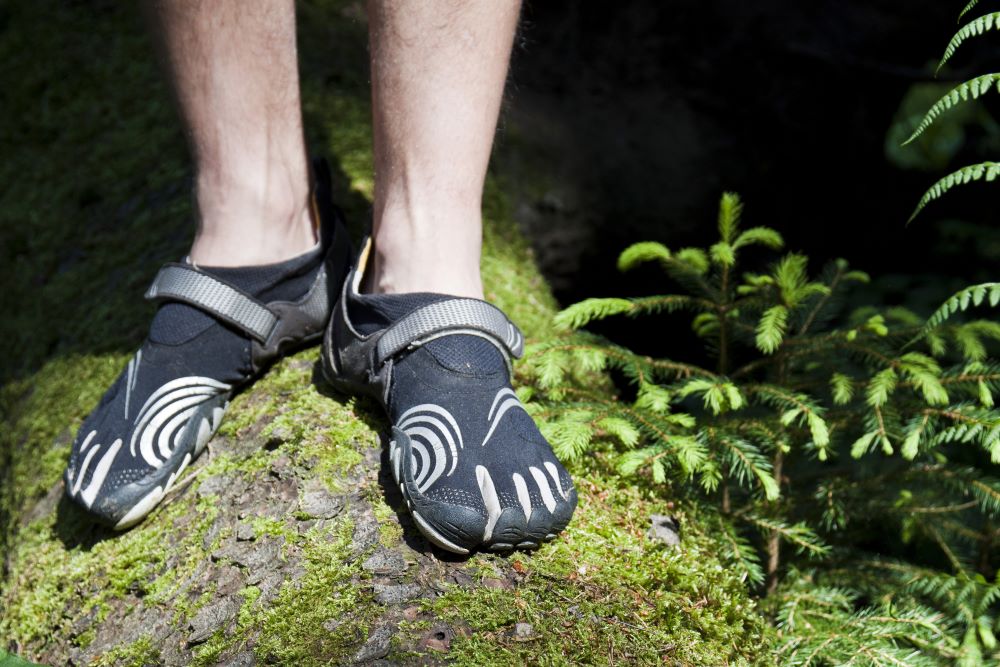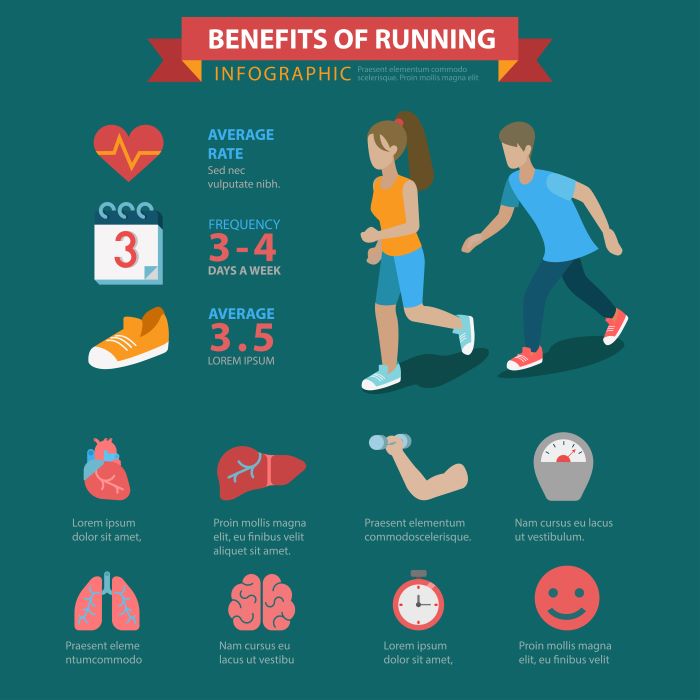When it comes to enhancing your aerobic fitness, two of the most popular forms of exercise are cycling and running. Both activities offer unique benefits and can be tailored to suit individual fitness levels and preferences. Understanding these differences is crucial for anyone looking to optimize their workout routine and achieve specific health goals.
Cycling is a low-impact exercise that is gentle on the joints, making it an excellent choice for people of all ages, especially those who may be recovering from injuries. It engages large muscle groups, promoting cardiovascular endurance while also building strength in the legs. On the other hand, running is a high-impact activity that not only boosts aerobic fitness but also strengthens bones and improves muscle tone. The rhythmic nature of running can also be incredibly liberating, offering a mental release and a connection to the outdoors.
To make an informed decision between cycling and running, it’s essential to consider factors like personal fitness goals, physical limitations, and enjoyment. While some may prefer the speed and intensity of running, others might find solace in the steady pace of cycling. Whatever your preference, both activities can effectively elevate your heart rate and enhance your overall health.
Visit our website to learn more and get started today! Click here.
Comparing Caloric Burn: Cycling vs Running

When evaluating the effectiveness of cycling and running for aerobic fitness, one of the most significant factors to consider is the amount of calories burned during each activity. Understanding the caloric burn can help you gauge how these exercises contribute to weight management and overall fitness.
Running generally burns more calories per minute compared to cycling, mainly due to its high-impact nature and the engagement of multiple muscle groups. For instance, a person weighing around 155 pounds can burn approximately 300 calories in just 30 minutes of running at a moderate pace of 5 mph. In contrast, the same individual may only burn around 260 calories cycling at a moderate effort of 12-14 mph.
However, the caloric burn can vary significantly based on several factors, including:
- Intensity: The harder you work, the more calories you burn. High-intensity intervals in cycling or sprinting can increase overall caloric expenditure.
- Duration: Longer sessions on either activity will naturally lead to a higher total caloric burn.
- Body Weight: Heavier individuals tend to burn more calories than lighter individuals during the same workout.
Ultimately, while running may offer a higher caloric burn in a shorter period, cycling can also be an effective way to burn calories, especially for those who prefer a lower-impact workout. Finding a balance between the two can lead to a well-rounded fitness regimen.
Impact on Joint Health: Cycling vs Running

When it comes to aerobic activities, considering the impact on joint health is crucial, especially for those who may have pre-existing conditions or are prone to injuries. Both cycling and running offer unique benefits and drawbacks related to joint stress.
Running, while an excellent cardiovascular workout, is a high-impact exercise that can place significant stress on the knees, hips, and ankles. The repetitive pounding associated with running can lead to overuse injuries such as runner’s knee, shin splints, and even stress fractures, particularly if proper form and footwear are neglected.
On the other hand, cycling is a low-impact activity that is generally easier on the joints. The cycling motion allows for a full range of motion without the jarring forces that come with running. This makes it a suitable option for individuals recovering from injuries or those with chronic joint issues. Additionally, cycling strengthens the muscles surrounding the joints, which can enhance stability and support.
Both activities can be beneficial for joint health if approached correctly:
- Cross-Training: Incorporating both running and cycling into your routine can help balance the impact on your joints while maximizing fitness benefits.
- Proper Gear: Investing in quality running shoes or a well-fitted bike can significantly reduce the risk of injury.
- Warm-Up and Cool Down: Always engage in proper warm-ups and stretching routines to prepare your joints for activity and aid in recovery afterwards.
Ultimately, the choice between cycling and running should align with your personal fitness goals and how your body responds to each activity, ensuring you maintain joint health while pursuing aerobic fitness.
Endurance Benefits of Cycling and Running

Both cycling and running are celebrated for their ability to enhance endurance, yet they do so in slightly different ways that cater to various fitness levels and preferences. Understanding these differences can help you choose the right activity to achieve your endurance goals.
Cycling primarily focuses on building muscular endurance. It engages large muscle groups, particularly in the legs, and can be sustained for longer durations due to the lower impact on the joints. This allows cyclists to train for extended periods, consistently pushing their aerobic limits without as much fatigue. As a result, cyclists often experience improved stamina, which translates into better performance over long distances.
Moreover, cycling can be easily modified in terms of intensity and duration. Whether you’re tackling steep hills or maintaining a steady pace on flat terrain, the variations can lead to significant endurance gains while keeping the workout engaging.
Running, conversely, offers a different set of endurance benefits. It challenges the cardiovascular system more directly due to the higher intensity and impact involved. As runners log miles, they develop a stronger heart and lungs, enhancing their aerobic capacity. This leads to improved oxygen uptake and utilization, allowing for longer, faster runs.
Additionally, running builds mental endurance, as it often requires overcoming physical fatigue and discomfort, especially during longer distances. This mental fortitude can translate into other aspects of life, fostering resilience.
Ultimately, both cycling and running can significantly enhance endurance, but they do so through different mechanisms. Integrating both into your fitness regime can provide a well-rounded approach to building endurance, keeping workouts fresh and effective.
Social Aspects of Cycling and Running
Engaging in physical activities such as cycling and running is not only beneficial for health but also offers a significant social component that can enhance the overall experience. The social aspects of these activities foster community, motivation, and a sense of belonging.
Cycling often involves group rides, which can be a great way to meet like-minded individuals. Many cycling clubs organize regular outings, where cyclists of all skill levels come together to explore new routes and share experiences. These group rides not only provide a sense of camaraderie but also encourage participants to push their limits, as they can benefit from the collective energy of the group. Additionally, charity rides and cycling events often bring communities together for a common cause, further strengthening social ties.
Running also boasts a vibrant community aspect, with numerous local running clubs, training groups, and organized races. Participating in a running club can alleviate the isolation some may feel when training alone. The shared goal of preparing for an event fosters bonds among runners, as they support each other through training challenges and celebrate achievements together. Moreover, events such as marathons or fun runs often draw large crowds, creating an electrifying atmosphere that enhances the experience for everyone involved.
Social media has also played a pivotal role in connecting runners and cyclists globally. Platforms dedicated to fitness allow individuals to share their journeys, provide encouragement, and participate in virtual challenges. This online community can be particularly motivating, as it creates a sense of accountability and inspires individuals to push themselves further.
In conclusion, both cycling and running offer rich social benefits that can enhance motivation and enjoyment. Whether through local clubs, group events, or online communities, these activities provide endless opportunities to connect with others while pursuing fitness goals.
Choosing the Right Activity for Your Fitness Goals

When it comes to achieving your fitness goals, understanding the unique benefits of cycling vs running aerobic fitness can help you make a more informed choice. Both activities offer tremendous advantages, but the right one for you may depend on several factors, including your personal preferences, fitness level, and specific health objectives.
If you are aiming for low-impact exercise, cycling is an excellent choice. It puts less strain on your joints while still providing an effective cardiovascular workout. This makes it particularly suitable for individuals recovering from injuries or those who may struggle with high-impact activities. Plus, cycling can be a fun way to explore scenic routes and enjoy the great outdoors.
On the other hand, if you are looking to improve bone density and overall strength, running may be more beneficial. As a weight-bearing exercise, running helps build stronger bones and can enhance muscle tone, particularly in the lower body. Additionally, it is often easier to fit running into a busy schedule, as it requires minimal equipment and can be done almost anywhere.
Consider your goals: Are you training for a specific event, such as a marathon or a cycling tour? Do you want to lose weight, build endurance, or simply enjoy the fresh air? Think about what motivates you and what you find enjoyable. Choosing an activity that you love will increase your chances of sticking with it long-term.
Ultimately, there is no one-size-fits-all answer. Many fitness enthusiasts find that incorporating both cycling and running into their routines provides a balanced approach to aerobic fitness. By exploring both options, you can diversify your workouts, prevent boredom, and challenge your body in different ways.
For more personalized advice on how to tailor your fitness journey, visit our website to learn more and get started today!


